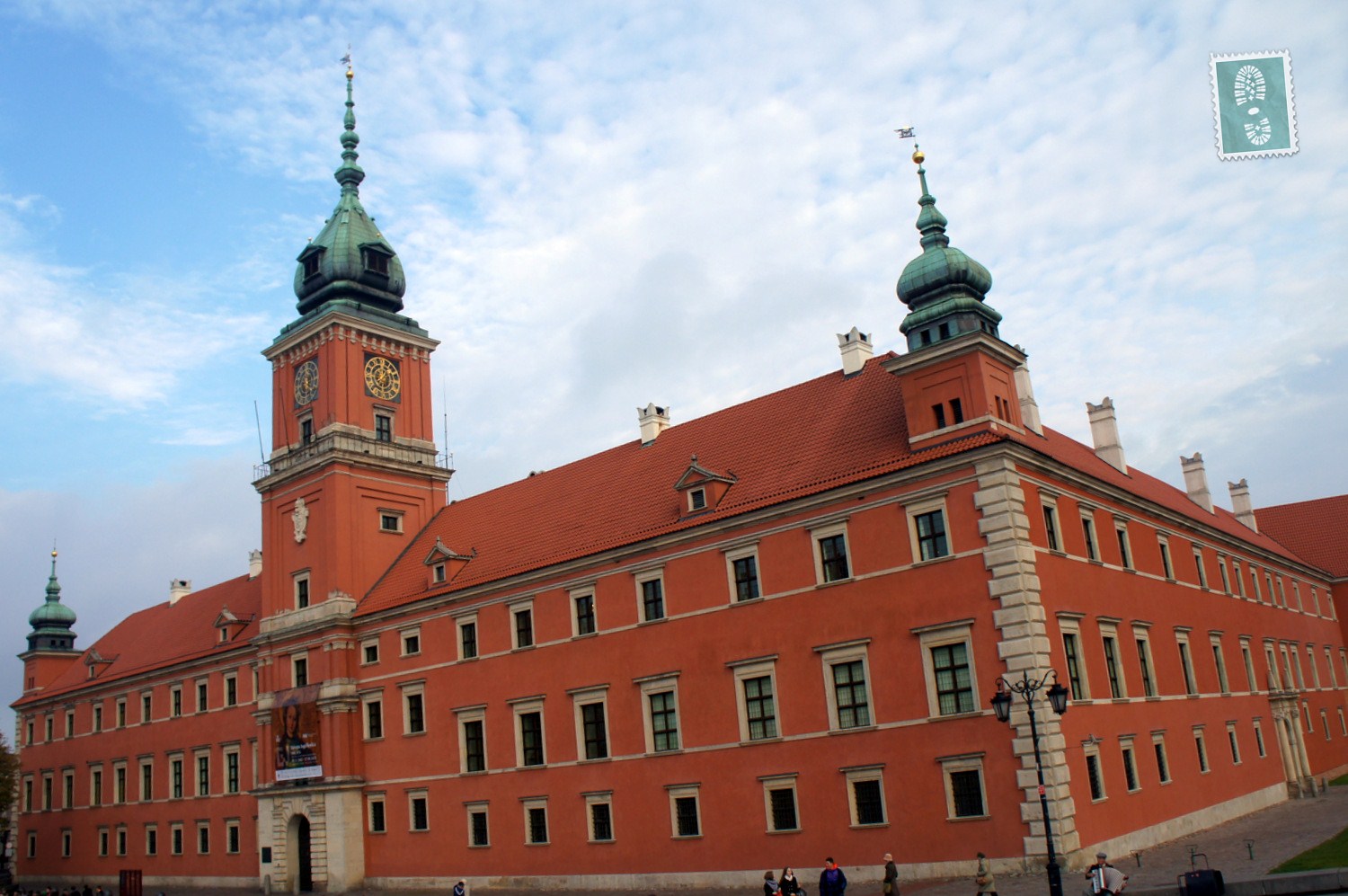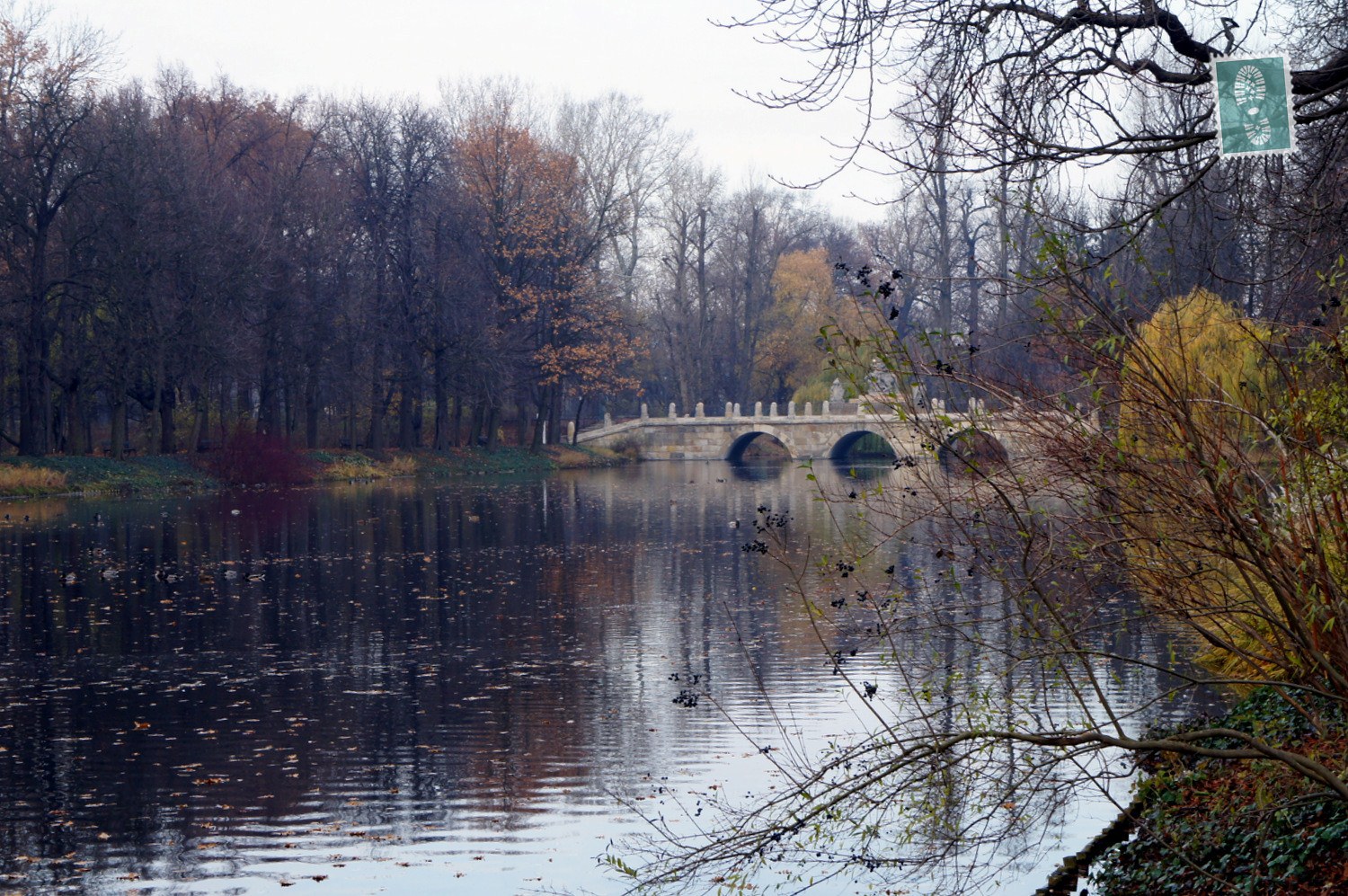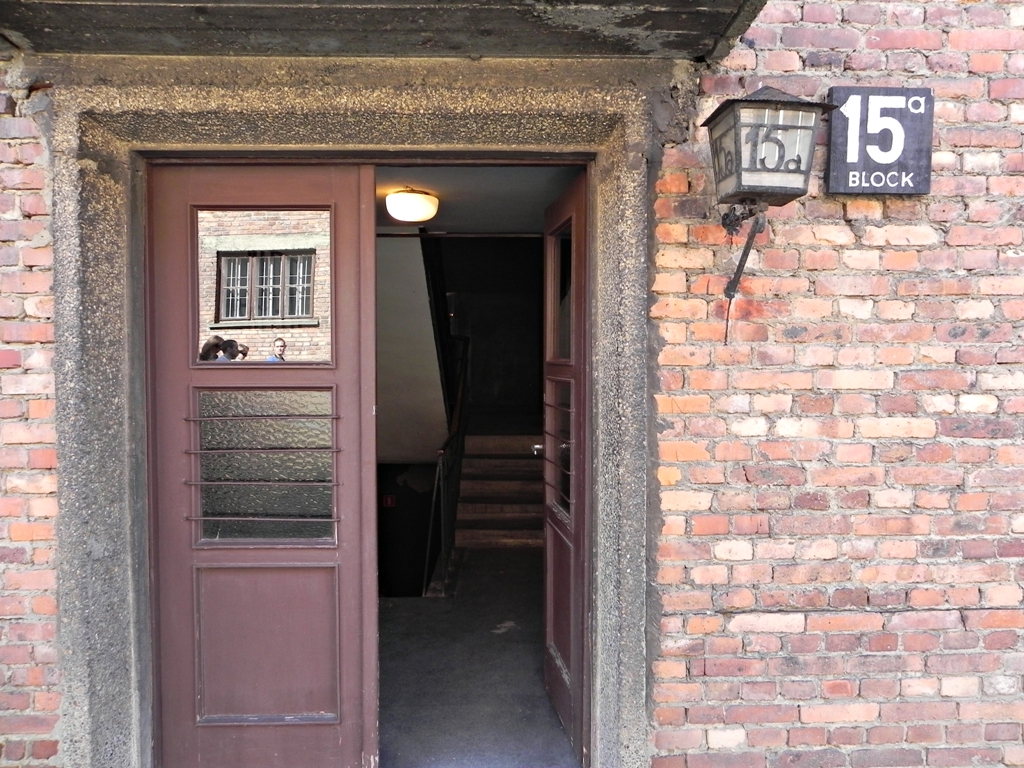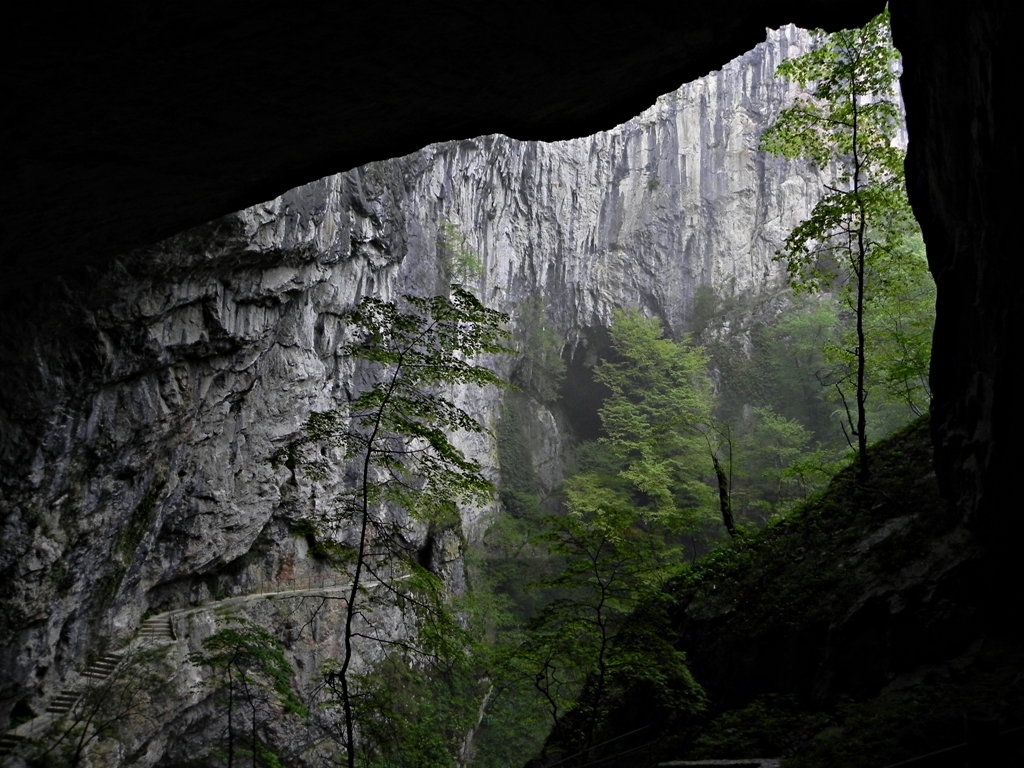This is a guest post by Agness of eTramping. eTramping is famous for its travel guides ‘How to travel for less than 25$ a day’ and it was created by…
This is a guest post by Agness of eTramping. eTramping is famous for its travel guides ‘How to travel for less than 25$ a day’ and it was created by two Poles- Agness and Cez. Quickly it became one of the most popular travel blogs and the number one source for budget travel tips. You can also follow eTramping on Facebook and Twitter.
If you have never been to Warsaw, you don’t know what you’ve missed. It is the largest city of Poland, located in the eastern part of the country, in Mazowsze, on the Vistula River. What is so special about Warsaw? – You may ask. First of all it is the scientific, cultural, political and economic center of Europe commonly known as the “phoenix city” as it has survived so many wars throughout its history. Secondly, you will be astonished here by historical museums, cathedrals, churches, its rich history and traditions as well as delicious Polish cuisine. In fact, nobody can resist the taste of pierogi (traditional Polish dumplings) or rosol (chicken soup). By the way, did you know that Warsaw is considered to be the most sophisticated city in Poland where you can experience the real local hospitality? Yes, it surely is, trust us! Here are some tips on exploring Warsaw in 24 hours;
Must-see spots in Warsaw in 24h
Warsaw is divided into two parts: the Old Town and the New Town and it can be simply explored in just 1 day for less than $21. Atmospheric alleys, squares and cafés create a very unique atmosphere, and these two historic squares become a stage for musical and theatrical performances and open-air galleries in the summer.

When in Warsaw, you should start exploring the city from the Old Town. Here is what you can see there:
The Royal Castle
It was built in the 15th century as the residence of the Dukes of Mazovia. With the transfer of the capital from Krakow, it became the seat of the king and the government. It was rebuilt several times when destroyed during the 2nd World War. Today, the segment of the clock tower (from which daily at. 11.15 bugle call is played) opens the way to the Old Town. Museum attractions include two original paintings by Rembrandt and works by Bernard Bellotto.

Column of King Zygmunt III Waza
That’s the oldest and tallest secular monument in Warsaw, built in 1644. The monument is 22 meters high, and the figure of the king measures 275 centimeters. Held in the right hand sword symbolizes his bravery, and the cross on the left – a constant readiness to fight evil. According to legend, the King’s sword downwards will herald the imminent defeat of the city.
Old Town Square
It was founded between 13th and 14th century and it is currently one of the most picturesque corners of the city and the main square of Warsaw. Visiting the Old Town Square will certainly be a highlight of the day. You will be surrounded by affordable cafés and restaurants as well as charming alleys.

The Monument of Warsaw Mermaid
This monument of mermaid has been a symbol of Warsaw from the beginning of the 20th century. The statue stands in the center of the Old Town and it is surrounded by a fountain, where guests can cool off on hot days.
Historical Museum of the City of Warsaw
The museum is housed in several buildings rebuilt after the war and includes three courtyards. The exhibition presents the history of the capital since the dawn of modern times. From Tuesday to Saturday at 12:00 you can watch a documentary film about Warsaw between 1939 and 1945. The video is available in Polish, English, Spanish, French and German language.
The New Town also has a lot to offer. This part of Warsaw was founded in the late 14th century and it functioned as a separate city to the 18th century with its own administration, the town hall and the church. Most of the baroque and neoclassical houses around the Market are a post-war reconstruction as they were destroyed during the Warsaw Uprising (1944).

Here are the highlights of the New Town:
Church of Holy Spirit
The first wooden church was built in the 14th century. It’s one of the biggest and oldest churches in the city, definitely worth paying a visit if you are Catholic.
The New Town Square
It was built in the 15th century. There are plenty of historical churches and monasteries here so if you are a big fan of history and architecture, don’t miss it out.
Top Warsaw’s activities on the cheap
Walking across Royal Lazienki
Royal Lazienki is a place visited by many local and tourists daily. It’s a Palace-Garden complex offering one of the most picturesque views in Warsaw. It’s placed at Agrykoli Street, nearby the city center. Here you can go for a relaxing walk, have a picnic, jog or even meditate. Many locals go there to breathe some fresh air and have a morning coffee. Moreover, here are some peacocks, pigeons and squirrels you can take a few pictures of.

Get to the top of Palace of Culture and Science
The Palace of Culture and Science is one of the best places to see Warsaw from above. It’s definitely the highest building not only in the city itself, but also in the whole country. Built between 1952 and 1955, it quickly became one of the main Warsaw’s attractions. There is a free entrance but you should pay 15 PLN (only 10 PLN if you have a student ID card) for getting to the 30th floor of the Palace to see the scenery of Warsaw.

Where and What to Eat and Drink
Warsaw has a lot of cozy restaurants where not only traditional Polish dishes are served, but also Vietnamese, Chinese, Portugal or Italian. If your budget is really tight, you should eat from street vendors or visit milk bars.






















